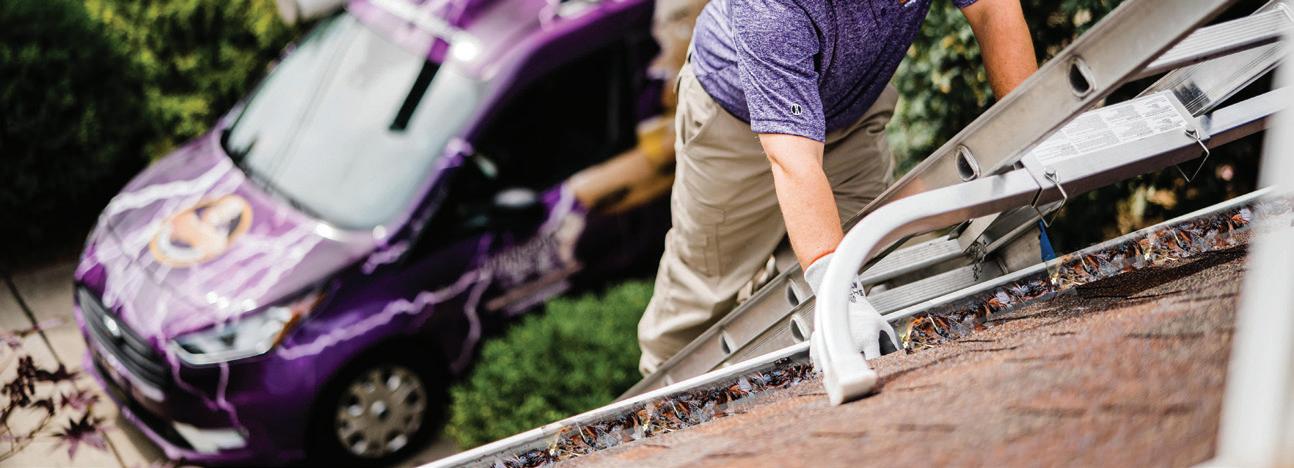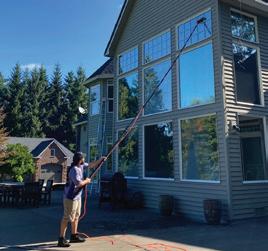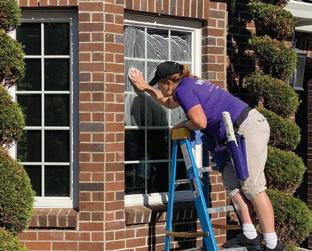



























































































































By Lucas Holmgren, Active Media
Runs of salmon and steelhead are so widely varied: One component can have blockbuster returns, while others will quietly suffer low numbers and closed fisheries. Over the last decade, many headlines and articles speak of high numbers of returning species like sockeye, but often steelhead are holding on by a thread, forcing closure of popular steelhead fisheries. These runs are cyclical, and we seem to be on the bottom end of the lowest cycle for summer and winter returning steelhead.
The 2023 forecast for returning summer steelhead on the Columbia River was only 67,800 adult fish, but total numbers appear to have strongly exceeded that prediction. With an
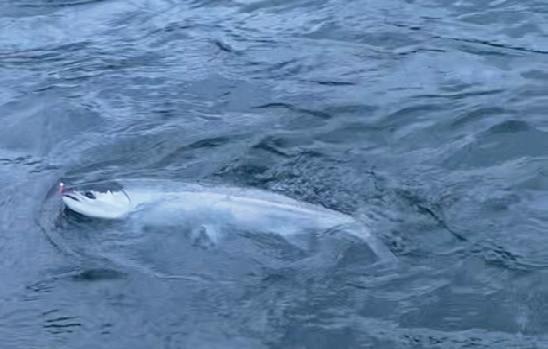
actual 2023 return of 113,891 summer steelhead, they have outperformed expectations. This is a welcome change, as depleted stocks of summer steelhead result in the loss of multiple fisheries all the way up the Columbia River.
The winter numbers of steelhead are difficult to get exact counts on, as they are primarily coastal and can spawn quickly and leave just as fast. Unlike salmon, steelhead usually do not die in their spawning stream, but will make an effort to swim back downstream and out to the ocean.
An overall increase in abundance of steelhead coast-wide indicates better ocean conditions for steelhead. While Chinook and Coho salmon often follow the coastlines, steelhead exit their freshwater rivers and swim solitarily across open ocean, encountering warmer waters and warm water predators.
The 2024 summer steelhead numbers in the Lower Columbia and Upper Columbia gave hope to steelhead enthusiasts, and for some, catches were excellent. In fact, this author’s brother had his best season ever, fishing the Lower Columbia tributaries for hatchery steelhead. “Hooking a steelhead every single trip in May and June, on multiple rivers, was something I never expected to happen.”
The early season was certainly one for the books! The author took several friends out in May to tangle with ultra-fresh and hard-fighting fish. It certainly was never “easy,” so to speak, but effort was rewarded. Populations of winter steelhead show many encouraging signs, including multiple Washington Coastal rivers opening to fishing for the first time in several years.
“All it takes is one,” and my first “winter run” of the season was a wonderful sign, and close to home. Steelheaders, time to dust off the graphite rods and get moving. 2025 has already shown promise, and with research and technique, you’ll have a chance at the fish that makes the Pacific Northwest so special.






















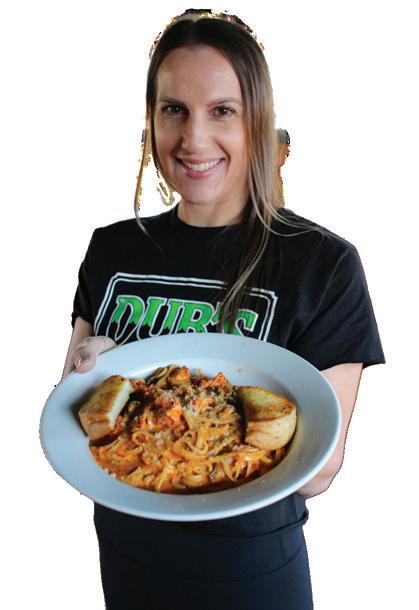


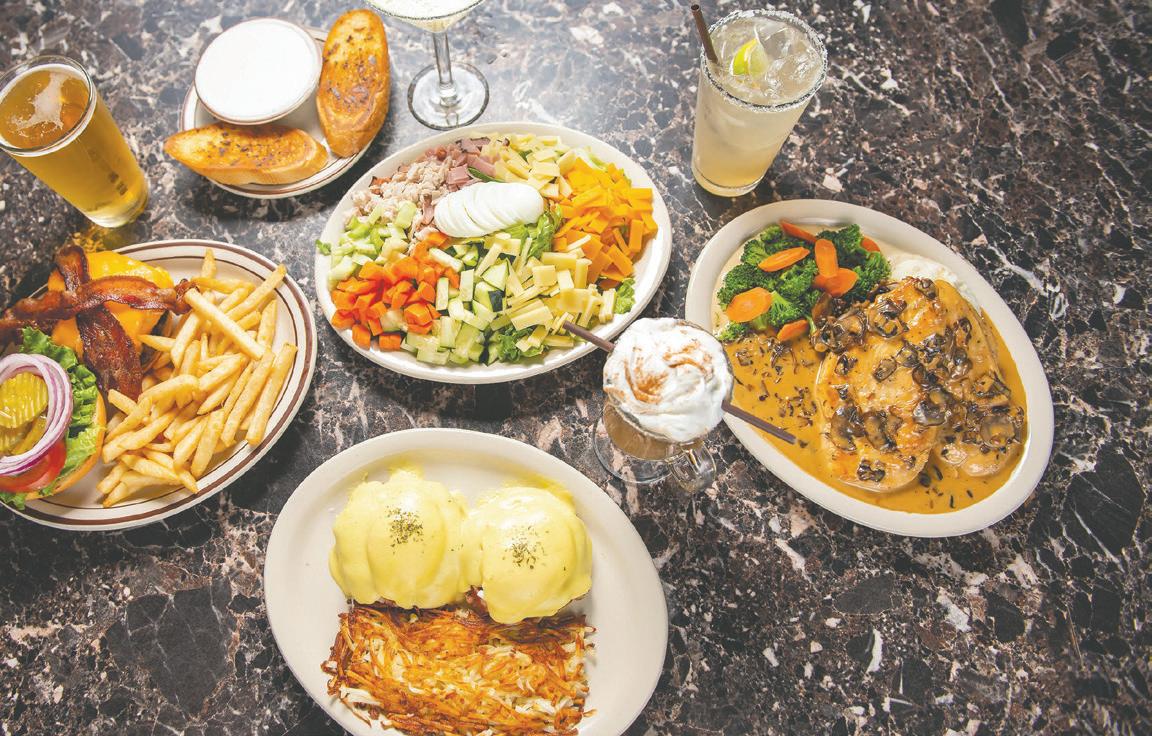



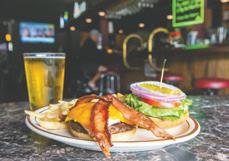


Here’s how I can help YOU:


Strategic Pricing: I’ll leverage my market expertise to price your home competitively, attracting the right buyers and maximizing your return.
Market Expertise: I stay current on market trends and statistics to ensure the sale of your home is timed for success
Top-Notch Presentation: From professional photography to custom marketing, I’ll make your home stand out and impress buyers.
Smooth Transactions: I’ll manage the details from start to finish, making the process seamless so you can focus on your next chapter
Now is a great time to sell!
With my complimentary Market Analysis and home walk-though, I can help you position your property effectively to attract serious buyers.







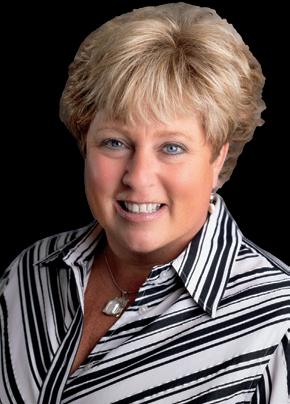

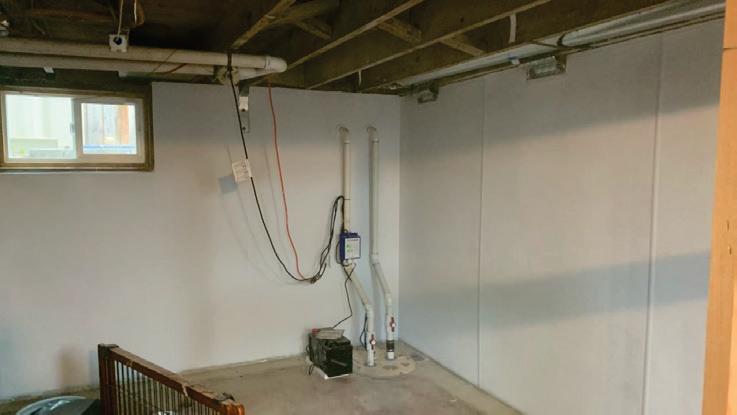
















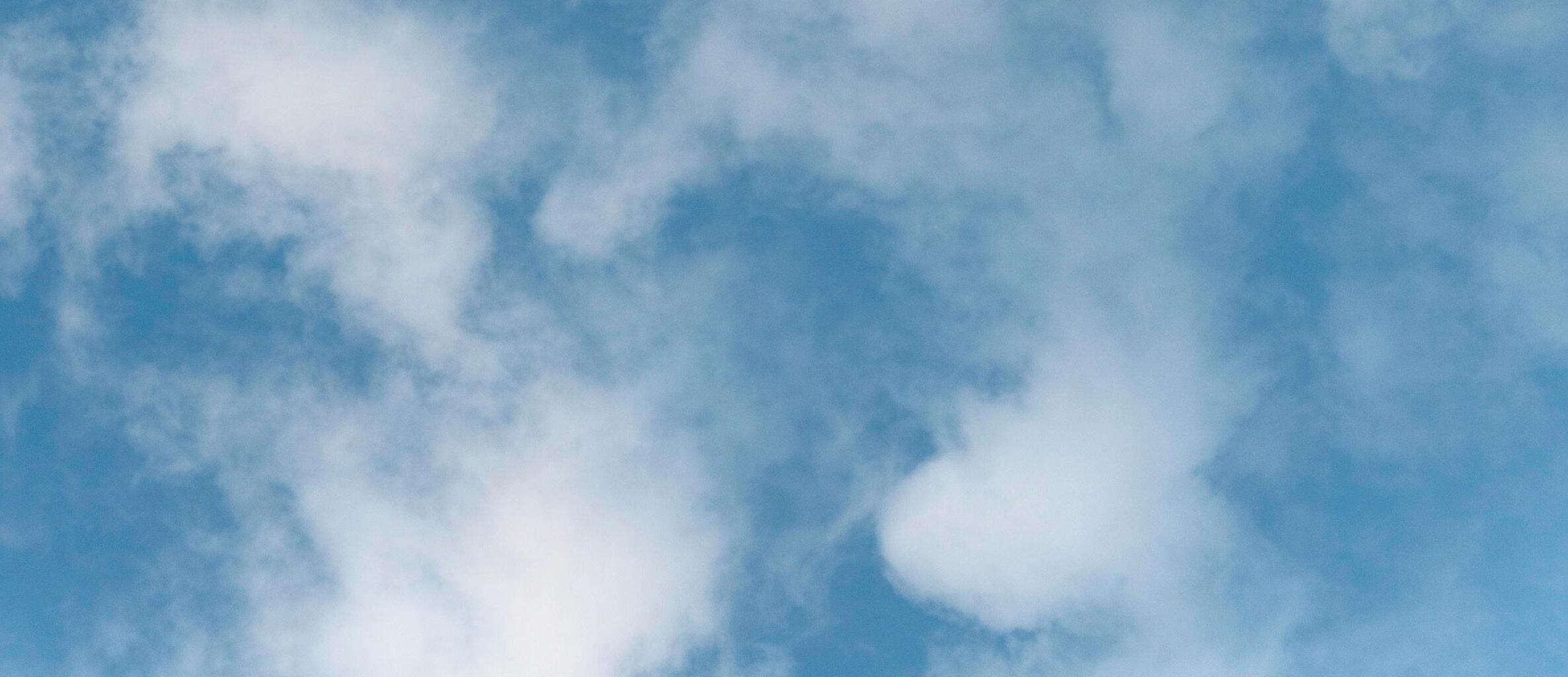

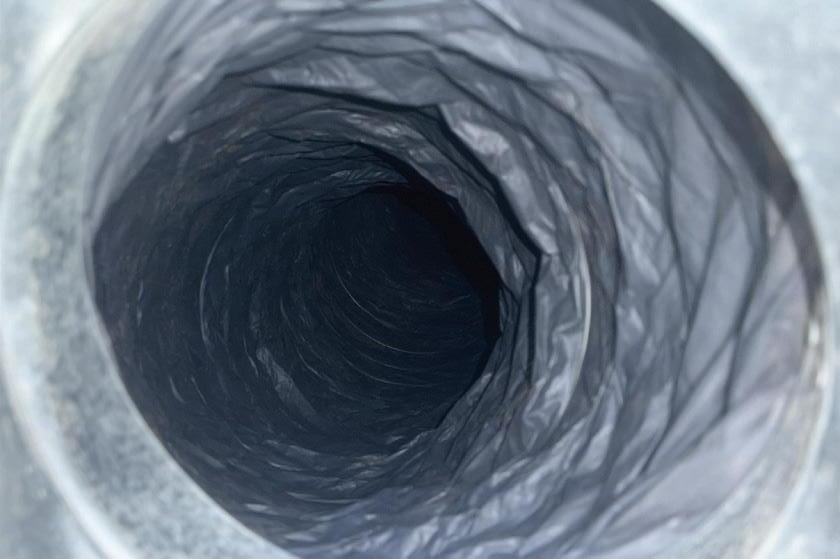






















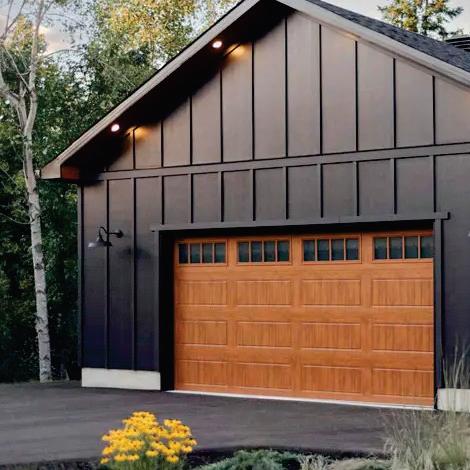





n the month of February, all MWNW stores will be asking for donations to support the Senior Citizens Council of Clackamas County. This nonprofit has served seniors of Clackamas County for 50 years and counting!
Why is this nonprofit so important? Their services provide critical support to at-risk seniors and adults with disabilities who are in danger of abuse, neglect and exploitation. The highly skilled and professional staff protect the seniors’ finances, oversee bill-paying needs, and when necessary, find them a safe, clean place to live. Their staff then continue to regularly check on each client for as long as they are needed.

On average, their staff serves 750 new clients annually. 75 percent of their clients are women and 70 percent are at or below the federal poverty level. Seniors above 85 years old are the fastest growing population and are also the most in need of services. It is estimated that 1 in 6 seniors will be a victim of financial exploitation and 1 in 10 will be abused or neglected. Please help us raise funds by donating online or visiting one of our local stores.
Family-owned and -operated, dedicated to providing their customers the best products at the best prices, all while donating to and participating in their local communities, Mattress World Northwest exemplifies the best of what retail businesses have to offer. This proves that not all mattress stores are created equal.
Get a better night’s sleep and help support your local community at the nearest Mattress World Northwest store. They are open every day or you can order online at mattressworldnorthwest.com.





























































Local renewable energy company puts you first!

By Patti Jo Brooks, Active Media
Thinking of going solar? Willamette Valley’s Sunpath Services is ready and waiting to install your residential, commercial or farm solar panel project. Taking a consultative, low-pressure approach, Sunpath Services focuses on first understanding a client’s needs, then providing accurate information allowing them to make informed decisions and proceed at their own pace.
“With utility costs continuing to increase, many homeowners are turning to solar for energy independence and to gain some control over their electricity bills. We provide that expert guidance, helping them understand what it costs, how it will perform and what the installation process looks like,” explains owner Chet Zimmer. A company that cares about the individual, Sunpath makes it their mission to educate and support potential clients while they explore solar options for their home or business.
Subsequently, if Sunpath determines that solar isn’t viable due to roof construction, affordability, etc., they operate under full transparency and will inform you of such. Their primary concern is what is in the home or business owner’s best interest.

Sunpath’s high level of commitment extends to employees and customers alike, making it a truly great company. A seasoned team, averaging 15 years of solar, electrical and roofing experience, bring unmatched expertise to every project. Customers empowered with knowledge confidently make their own solar decisions. “We believe that when you understand your options, you’re better equipped to make smart decisions that benefit your home and family,” Zimmer points out.
The first step is simple! Just fill out the contact form at http://sunpathoregon.com/ to receive a free system design and project estimate within 24 hours via email. Customers can then ask questions, schedule a call, request a free onsite assessment, or pass altogether if solar won’t fit their needs. Committed to customer care, Sunpath provides clear and consistent communication throughout each project including follow up to any questions or concerns that arise. Sunpath also provides a 10-year workmanship and labor warranty in addition to any manufacturer warranties.
Proud owners of Sunpath Services, Chet Zimmer and Jake Hoskins are lifelong residents of the Portland area, with Zimmer growing up in Canby and Hoskins in Forest Grove. They also take pride in being good neighbors and active members in the community. “Our office and warehouse are located just off of Allen Blvd. in Beaverton, keeping us rooted in the region we serve,” Zimmer relates. Every year, the Sunpath Season of Giving, a favorite holiday tradition, supports local nonprofits chosen by the employees. Donations this year went to Boys and Girls Aid, Silverton Area Community Aid, Autism Society of Oregon, With Love, TIPNW, Spark NW, SOS Pet Rescue and Wheel to Walk.
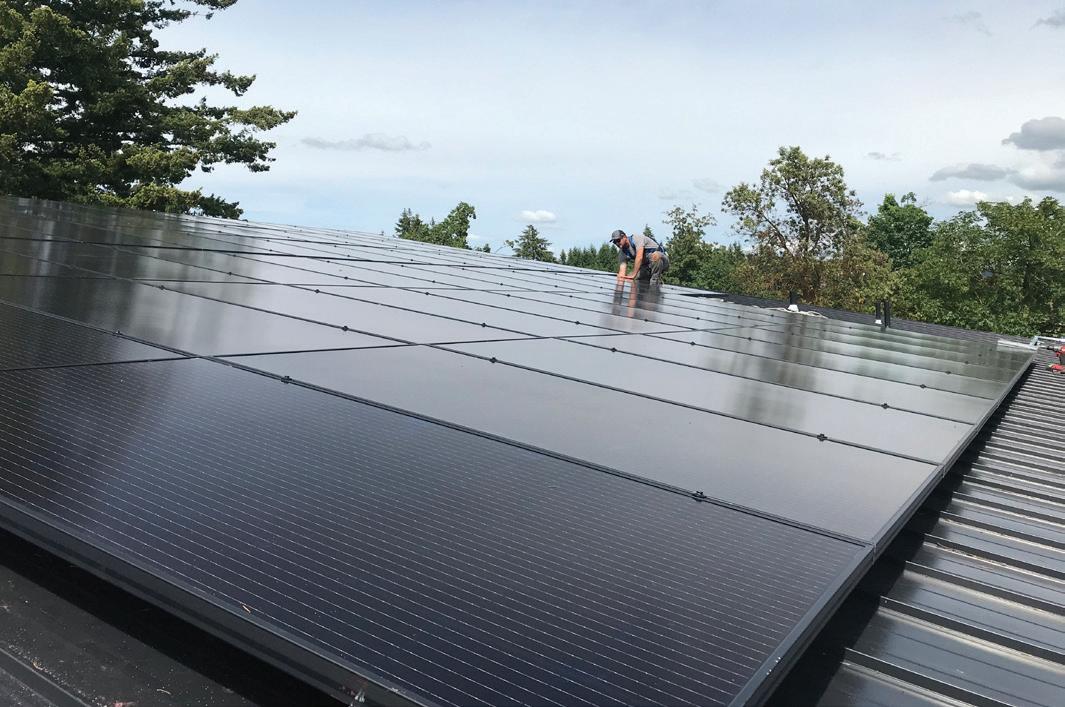
Mention the magazine ad and receive a $500 discount on your solar project! Also, be sure to check for any local incentive programs and federal tax credits for renewable energy.
Sunpath Services is located at 9978 SW Arctic Dr. in Beaverton. Call 503-433-6336 or visit their website at sunpathoregon.com.













By Robert Matsumura, Active Media
On February 14th each year, millions of people around the world exchange cards, chocolates and flowers, and express their love. While Valentine’s Day is indeed a cherished tradition, its origins are less widely understood. What is the true story behind this day dedicated to romance? Was there really a Saint Valentine? To answer these questions requires a journey back to Europe during the days of the Roman Empire when Christianity was still struggling to gain a foothold in the West.
The Mysterious Saint Valentine
The origins of Valentine’s Day are shrouded in mystery, with at least three different saints named Valentine or Valentinus recognized by the Catholic Church. One widely accepted legend involves Valentine of Rome, a Christian priest in third-century Rome. According to this tradition, Emperor Claudius II banned marriages for young men, believing that single men made better soldiers. Valentine, a Christian priest, defied the emperor by performing marriages in secret for young couples in love. When his actions were discovered, Valentine was arrested and eventually executed on February 14th about 270 AD. Over the centuries, Valentine became a symbol of romantic devotion and his martyrdom was
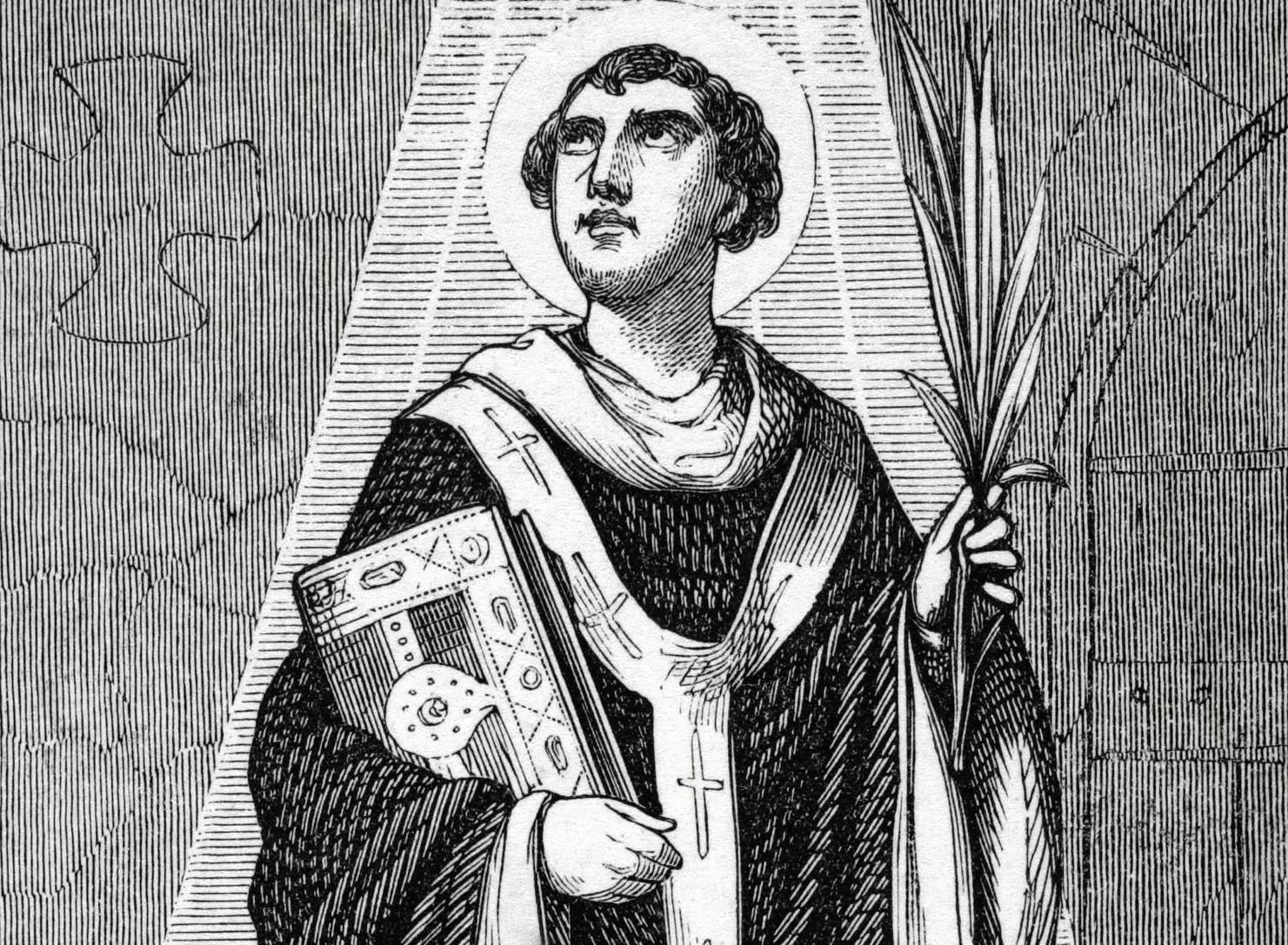
associated with the holiday bearing his name. However, other accounts suggest that Valentine of Terni was imprisoned for helping Christians escape harsh Roman prisons. While jailed, he is said to have fallen in love with the jailer’s daughter and performed a miracle by curing her of blindness. Legend has it that he wrote her a letter signed “From your Valentine,” a phrase that has become iconic. Whether fact or folklore, these tales all emphasize Valentine’s courage, faith, and commitment to love. After much debate over the centuries, a scholarly study was published on the subject in 1966 by priest and scholar Padre Augustino Amore, which concluded that the only martyred Valentine was Valentine of Terni. According to the study, Bishop Valentine of Terni was the only Saint Valentine to be included in all the oldest martyrologies. In further support of this, in 1927, laborers on a road project in the vicinity of the saint’s supposed burial place actually discovered fragments from a Christian martyr’s tomb, thus supporting his existence.

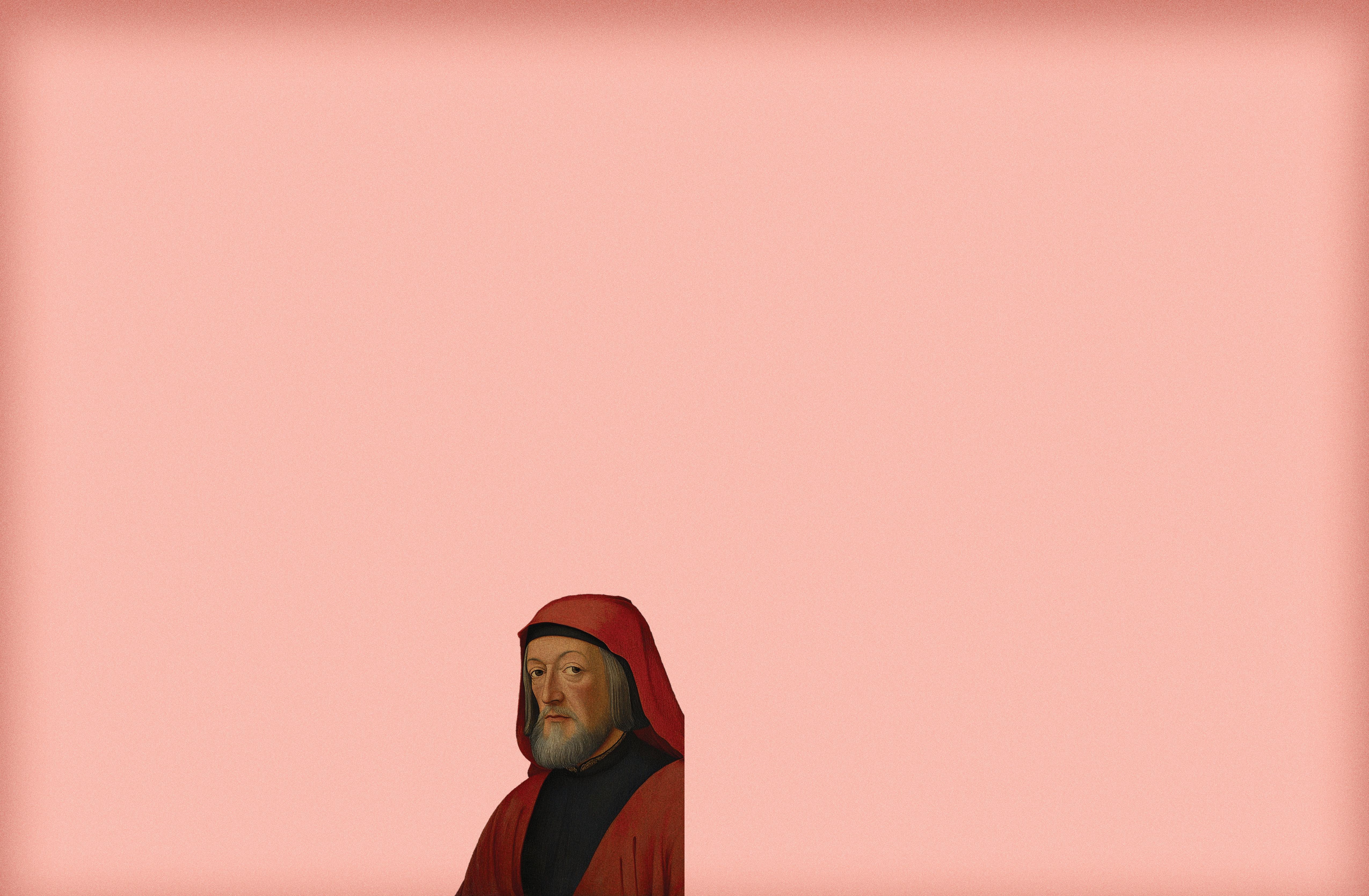
Far before Valentine’s Day was officially established, mid-February was associated with fertility and love in ancient Rome. Celebrated from February 13th to 15th, the pagan festival of Lupercalia was a raucous
affair involving sacrifices, feasting, and ritual matchmaking.
One notable tradition involved the names of young women being placed in a jar from which men drew at random, forming temporary romantic partnerships — or sometimes lifelong bonds.
With the rise of Christianity, the Church moved to replace pagan practices with Christian observances. In 496 AD, Pope Gelasius I declared February 14th as the Feast of Saint Valentine, thus effectively Christianizing the festivities. This initiative marked the beginning of Valentine’s Day as a religious celebration, though centuries would pass before the holiday became fully associated with romantic love.

The 18th and 19th centuries saw Valentine’s Day explode in popularity among the general public.
Fueled by advances in printing technology and the development of the postal service, celebration of the holiday really took off. Affordable, massproduced Valentine’s cards became widely available featuring a plethora of sentimental verses, elaborate designs, and romantic imagery.

It was in the Middle Ages when the romantic aspect of Valentine’s Day really gained traction. By this time, Saint Valentine was already regarded as a patron of love, fueled to a great extent by the poet Geoffrey Chaucer. In his 14th-century poem “Parlement of Foules,” Chaucer linked Valentine’s Day to the pairing of birds in early spring, a metaphor for courtship and love.
The exchange of love notes and tokens flourished during this period and became a common practice among the nobility. The first recorded Valentine’s note dates back to 1415, when Charles, Duke of Orléans, composed a heartfelt poem to his wife while a prisoner in the Tower of London. His words are preserved to this day in the British Library, serving as a testament to enduring love.
In the United States, Esther Howland, nicknamed the “Mother of the American Valentine,” played a key role in popularizing Valentine’s cards. Inspired by ornate English designs, Howland began creating and marketing hand-crafted cards during the 1840s. Her efforts contributed to the transformation of Valentine’s Day into a major commercial event, laying the groundwork for the card-exchanging tradition we enjoy to this day.
In modern times, Valentine’s Day is a global celebration. In the United States, the holiday has extended beyond romantic relationships to include expressions of love and appreciation for friends, family, and even pets. Children exchange cards at school, while workplaces hold themed events to foster camaraderie.
Other countries add their own unique twists to the celebration. In Japan, chocolate takes center stage on Valentine’s Day with women traditionally gifting handmade or store-bought chocolates to men. A month later, on March 14th, men
reciprocate the gesture on White Day, gifting women white chocolate in return. In South Korea, the same two days are celebrated, but a third day is added called Black Day, in which single friends come together to celebrate being single; the name derives from a noodle dish with black sauce. In Finland and Estonia, Valentine’s Day was transformed into Friends Day and includes friends and significant others.

In the 21st century, technology has taken Valentine’s Day to the next level. Online dating apps help people forge romantic connections, while social media provides platforms for sharing love stories and memories. Virtual gifts and e-cards have also grown in popularity, reflecting the increasingly digital nature of contemporary relationships.
Over the centuries Valentine’s Day has evolved from ancient rituals and saintly sacrifices to a global celebration of love and connection. The history of this holiday showcases the universal human desire to express affection and nurture bonds. Whether Valentine’s Day means grand gestures or simple acts of kindness for you, take a moment to reflect on the rich history that has culminated in this yearly celebration of love and good will.
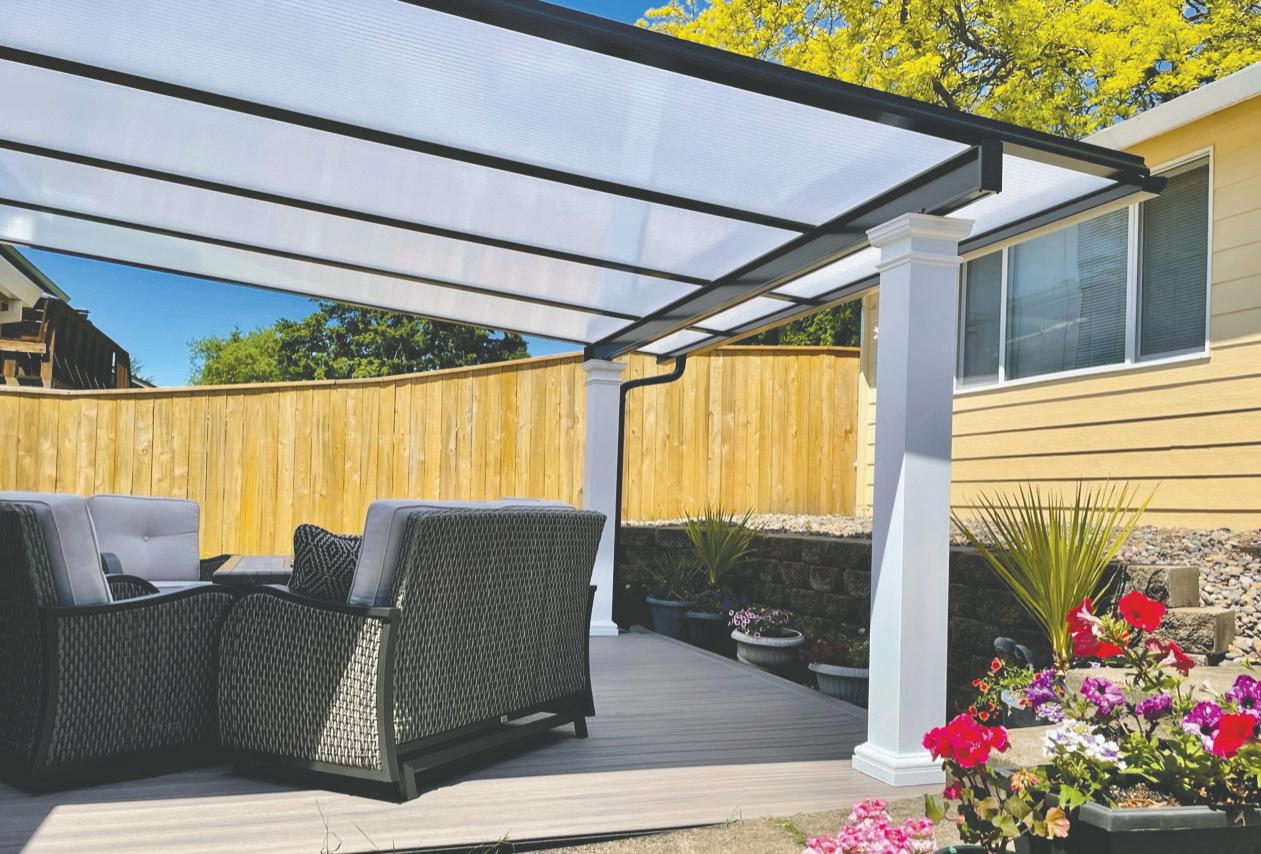

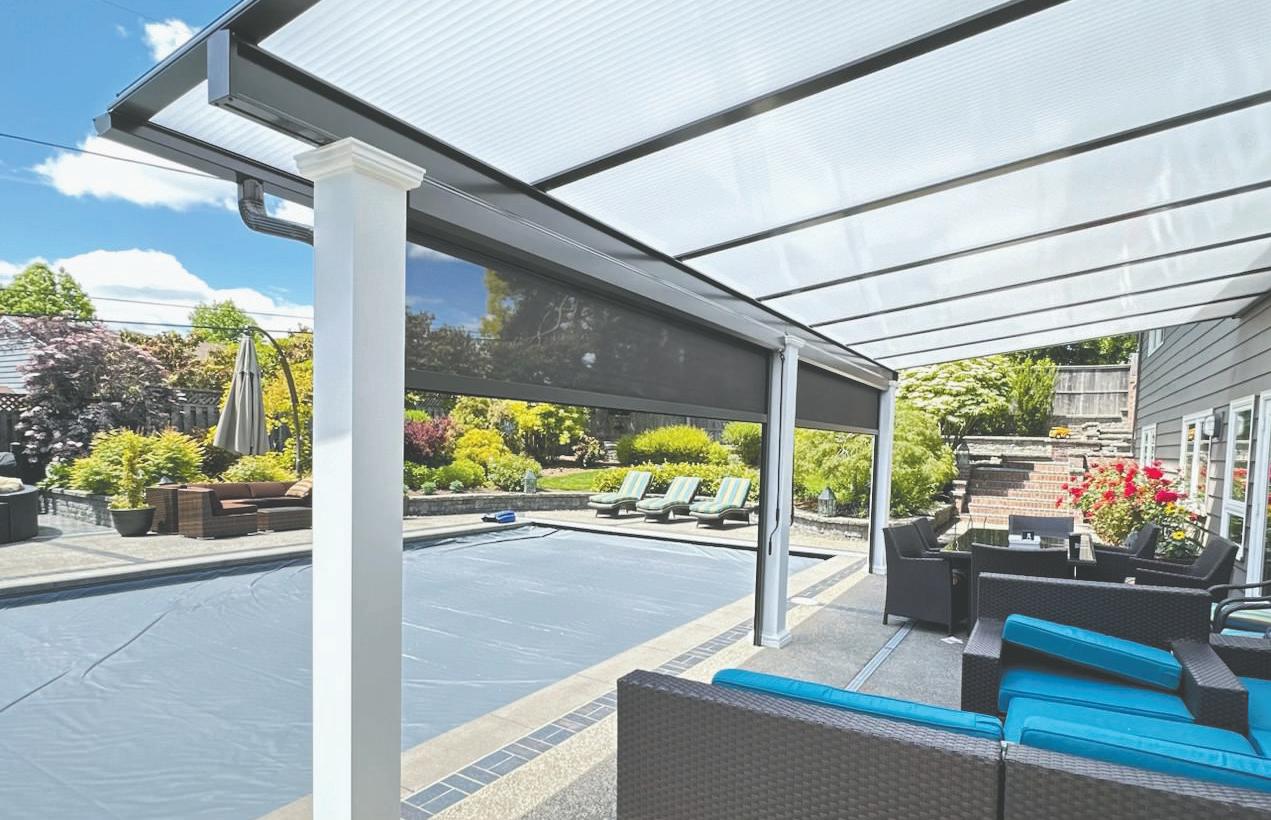









By Patti Jo Brooks, Active Media
Photos by Brittany Jungenberg, Active Media
Mention Wanker’s Corner to any local resident and you’ll get instant recognition. Both Dubs Tavern and Wanker’s Country Store come to mind. Not everyone, however, will know the rich family history or the market’s storied past.
Back in 1895, John and Dora Wanker purchased 20 acres of land at the crossing of Stafford and Borland Roads. Their son, Walter “Dubs” Wanker built the first Country Store in 1931 on a portion of this land. “It was a mercantile store with a bar in the back, a barber, and it sold feed,” Dub’s granddaughter and current store owner Tracie Tolbert tells us. In 1961 Dubs built a tavern next to the store, which Tracie now owns as well, known to the locals as Dubs’ Tavern.
It was Tracie’s mom, however, that was truly instrumental in shaping the country store as we know it today. After the original store
burned down in 1969, nothing was done until 20 years later when Lois Wanker-Tolbert, Dubs’ daughter, rebuilt Wanker’s Country Store on the same site, property which she now owned. As stated in an article by The Oregonian, September 6, 1990, she wanted to “keep alive the spirit of her ancestors.”
Although both the store building and the property have remained in the family all along, the merchandise aspect of the business was owned for the last 27 years by an individual outside the family. Upon his retirement, Tracie
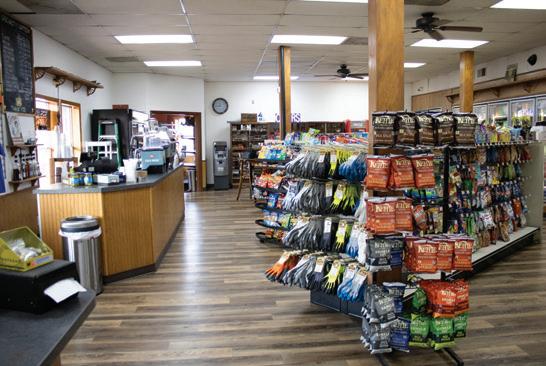
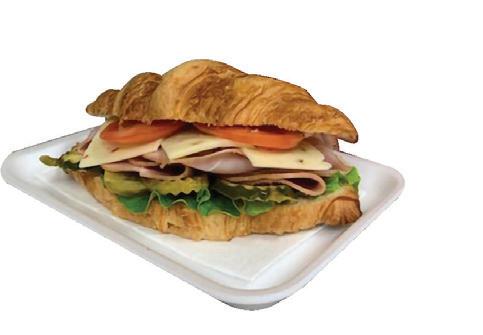
was able to purchase the inventory, and as of Sunday, September 1, she is excited to have regained full ownership and operations of Wanker Country Store, bringing it once again under control of the Wanker family line. Certain changes are in the making, particularly to the store’s menu items. Following in her mother’s footsteps, Tracie is offering fresh deli-meat sandwiches, which are selling out daily. The store also offers breakfast sandwiches and hand-made breakfast burritos with sales numbering over 130 per day!


Likewise, coffee service is being totally revamped to a stand-alone coffee bar inside the store hosted by Illy Coffee. “We’re trying to do the fun drinks,” Tracie relates, citing seasonal drinks and cold brew, in addition to espresso and other regular featured coffees.
Employees, on the other hand, will be the same familiar faces with a few new ones added in. The store, totally refreshed with new floors and new paint, is open Monday-Friday at 5 a.m., Saturday at 6 a.m., and Sunday at 7 a.m., closing daily at 10 p.m. Watch their website for future offerings of online food orders!
Located at Wanker’s Corner, 19995 SW Stafford
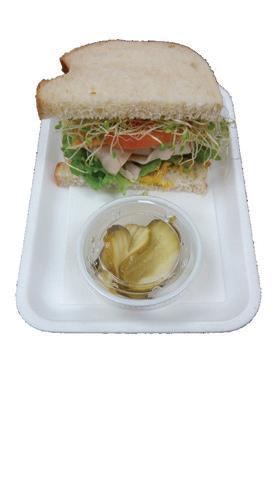






During American Heart Month, Tualatin Valley Fire & Rescue invites you to join us in raising awareness of the signs and symptoms of a heart attack and the importance of immediately calling 911 in the event you or someone nearby experiences symptoms.
Unlike a sudden cardiac arrest that strikes suddenly and includes a loss of consciousness, a heart attack can develop slowly enough that you’re not aware you’re having a medical emergency. A heart attack occurs when the blood flow that brings oxygen to the heart muscle is severely reduced or cut off completely.
Symptoms typically include:
Chest discomfort in the center of the chest that lasts for more than a few minutes or goes away and returns. It can feel like uncomfortable pressure, squeezing, fullness, or pain.
Upper body discomfort, such as pain or discomfort in one or both arms, the back, neck, jaw, or stomach.
Shortness of breath before, during, or after other discomforts.
Other signs, including breaking out in a cold sweat, nausea, or lightheadedness.
The most common heart attack symptom for women and men is chest pain or discomfort. However, women are more likely to experience other symptoms, particularly shortness of breath, nausea or vomiting, back or jaw pain, pressure in the lower chest or upper abdomen, dizziness, fainting, or extreme fatigue.
The heart is a muscle. It can deteriorate with each passing minute you delay medical treatment. Don’t ignore your symptoms, and don’t drive yourself to the hospital.
Firefighters often hear heart attack patients say, “I wasn’t sure it was a heart attack,” or “I didn’t want to bother anyone.”
Remember, TVF&R crews are here for you. Our highly trained firefighter paramedics can diagnose a heart attack

and start treatment right away. Crews can also relay your EKG information to the hospital, enabling its staff to activate special heart teams and prepare for your arrival.
A heart attack can cause sudden cardiac arrest when the heart malfunctions and stops beating unexpectedly. Sudden cardiac arrest leads to death when the heart stops working properly. This can be reversed if CPR is performed, and a defibrillator is used to shock the heart and restore a normal heart rhythm.
Studies show that CPR can double or triple a cardiac arrest patient’s chance of survival.
Your assistance in performing hands-only CPR until crews arrive can make a difference. Hands-only CPR has just two easy steps: Call 911 and push hard and fast in the center of the chest to the beat of the disco song “Stayin’ Alive.”














